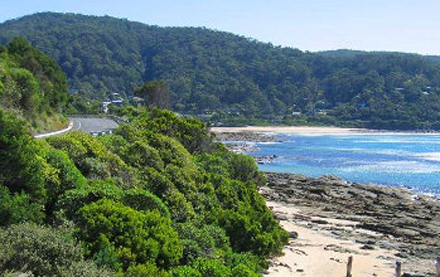
The signs of human impact in the tropics are often stark. Vast tracts of forest levelled for pasture. Fires in the Amazon that are visible from space but even the rainforests we set aside for preservation are slowly transforming. Source: Gizmodo Australia
This is something conservation biologists have instinctively known for years. But a paper published in the Proceedings of the National Academies of Sciences offers the strongest evidence yet.
After 40 years of study, a team of ecologists has concluded that Los Tuxtlas, a famous reserve located in the northernmost tropical forest in the Americas, is experiencing severe ecological deterioration.
It’s not that we’re harming the forest per se — it’s what we’re doing in the land around it. And unless we take action, these bastions of diversity could become as biologically impoverished as the land we’ve impacted directly.
“Our tropical protected areas are rapidly becoming islands, surrounding by a hostile sea of human dominated landscapes,” Bill Laurence, the director of the Centre for Tropical Environmental and Sustainability Science said.
The study, led by José Sarukhán of the University of Mexico, seems to crystallise Laurence’s conclusion.
The Los Tuxtlas reserve, about 700 hectares of forest located near the Gulf Coast in the Mexican state of Veracruz, started becoming an island decades ago as the surrounding forest was divvied up for agriculture.
As more people moved into the region, hunting pressure increased, leading to a loss of key herbivores including tapirs, peccaries and deer.
“This led to a big upset of the whole system, which resulted in an explosion of palm,” Mr Sarukhán explained.
Mr Sarukhán’s data shows that a combination of deforestation around the reserve and hunting has turned the understory palm species Astrocaryum mexicanum into a rather aggressive weed.
The palm’s numbers have increased some 350% over the past 40 years, edging out other tree species, depressing biodiversity, and leading to a cascade of ecological changes.
“The forest is still there, but it’s moving toward a kind of zombie state,” Mr Sarukhán said.
“This study is not the first to make these arguments,” said Mr Laurence, who has overseen similar research in other tropical forests.
“But it’s the first I’ve seen that has actually done this sort of experiment over a long time scale and shown this 1-2 punch of a fragmentation effect and a hunting effect.”
Every tropical rainforest on Earth faces different existential threats. Some, including the eastern Amazon, are getting hit with the combined effects of deforestation and fire.
Others, such as the Queensland rainforests of northeast Australia, are expected to see widespread extinction due to climate change.
Regardless of the specific danger, it’s clear that simply setting a bit of land aside here and there isn’t going to be enough to safeguard tropical biodiversity.
“We need to try to limit human impacts around the fragments, and keep the protected areas as large and interconnected as we possibly can,” Mr Laurence said.
“In the future, species will need to migrate. If they’re surrounded by a hostile sea, they’re not going to be able to.”
Mr Sarukhán adds that conservation strategies need to start focusing on teaching locals to become land stewards.
Some 70% of forested lands in Mexico are communally owned. If locals were trained to use the forests more wisely — hunting only in designated zones, actively managing timber resources — it would go a long way toward ensuring their survival.
“Preserving a forest means a very active plan and monitoring,” Mr Sarukhán said. “There are few places in the world that are really void of people. We need to start working with them.”





